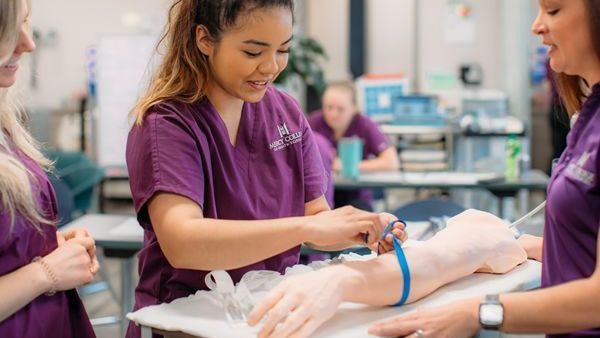Alternative Start Dates for College Freshman

When most families envision the college journey, they picture the classic scene: moving into dorms on a fall day alongside hundreds or thousands of other freshmen. While this traditional path works well for many students, colleges now offer several alternative start dates that might better suit your child's needs and goals.
These alternative starts can provide valuable flexibility for students who want or need a different timeline. Some students benefit from extra preparation time, while others might find that a non-traditional start actually increases their chances of attending their school of choice. Many families are surprised to learn about these options, which often first come up during the application process.
Spring start programs, beginning in January, can be particularly appealing. Universities frequently offer these programs because they know some students will graduate in December, opening spots for new arrivals. A spring start gives students additional time to prepare for college life and often means joining a smaller group of new students, potentially making the transition easier. Some colleges even offer spring admission to waitlisted students, making it a valuable path to eventually attending your preferred school.
Summer start programs offer another excellent option, typically through "bridge programs" that help students adjust to college-level academics.
The quieter summer atmosphere allows students to acclimate to campus life with fewer distractions, and they can spread their first-year coursework more evenly across three semesters instead of two.
Some university systems provide even more creative options, such as starting at a partner institution or different campus before transferring to the main location. Examples include beginning at a local community college or attending specialized freshman campuses such as Boston University College of General Studies, Northeastern University Scholars Program, and Middlebury College February Program.
However, families should carefully consider potential trade-offs. Traditional fall starts typically offer the fullest range of social opportunities, campus resources, and course selections. Students joining mid-year might miss some traditional freshman experiences or face more challenging course registration.
When exploring these options, ask colleges specific questions about how they support alternative-start students. Understanding the available resources and potential challenges will help your family make an informed decision that aligns with your student's goals and preferences.
Remember, there's no universal "right way" to begin college. The best choice is the one that sets your student up for success, whether that's a traditional fall start or an alternative path.










